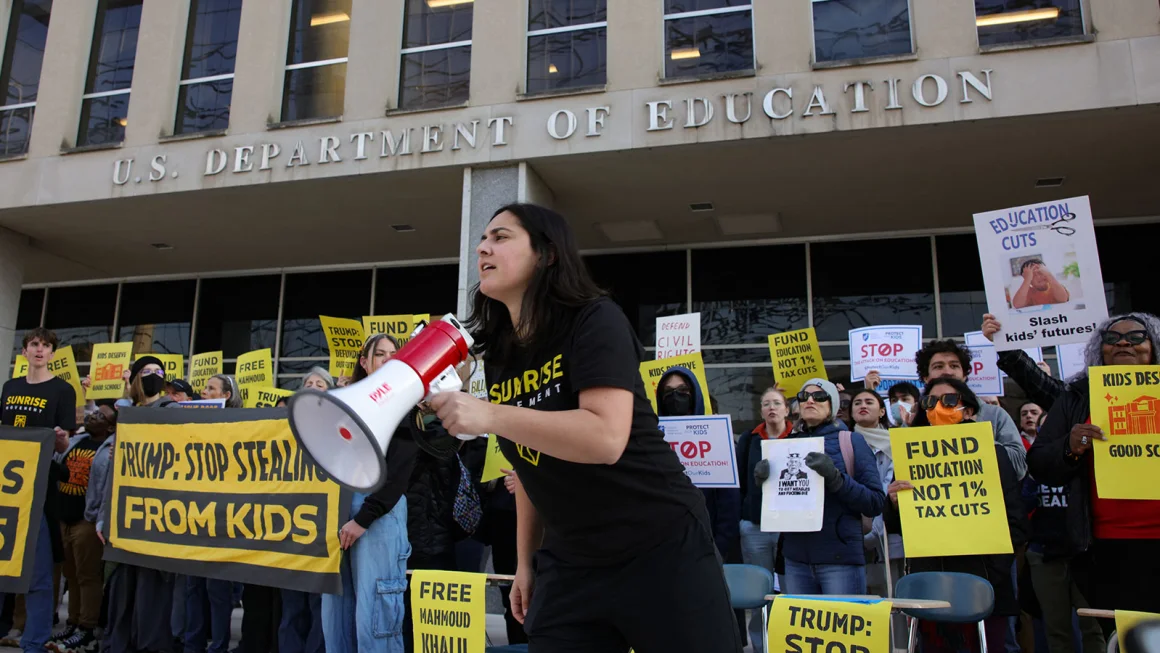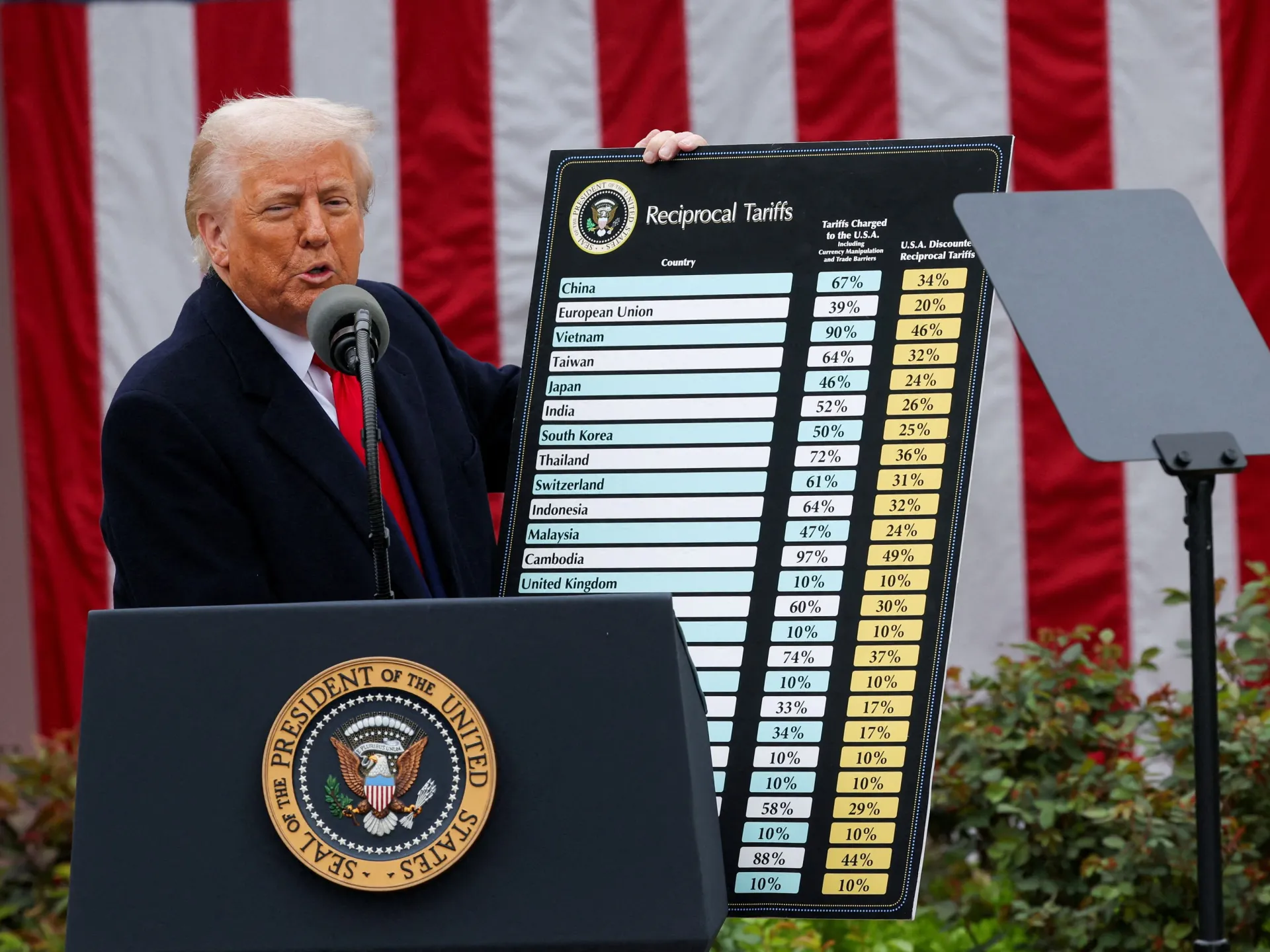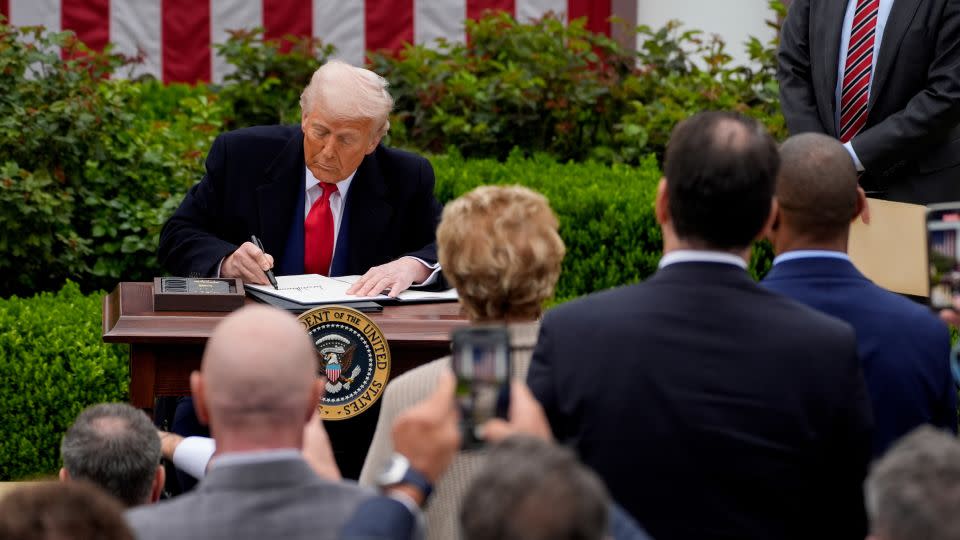
March saw over 275,000 job cuts announced, marking the third-highest level ever recorded, according to a report released Thursday. This surge is largely attributed to one major factor: the federal government’s actions.
The government revealed plans to eliminate 216,215 positions, which accounts for roughly 80% of the total layoffs reported by U.S. employers last month. This brings the monthly layoff tally to the highest levels seen since the pandemic’s early days, behind only April 2020 (671,129) and May 2020 (397,016).
A significant part of this wave comes from the Department of Government Efficiency, which has been heavily cutting federal funding, canceling contracts, and laying off federal employees.
“March’s layoff announcements were almost entirely driven by DOGE’s plan to reduce federal workforce numbers,” said Andrew Challenger, senior vice president at Challenger Gray & Christmas. “Without these cuts, it would have been a relatively quiet month for job losses.”
Of the remaining 59,025 layoffs outside the federal government, the tech and retail sectors saw the most significant reductions.
The number of layoffs in March marks a sharp 60% increase compared to February and a 205% jump from March 2024, when 90,309 cuts were announced.
The effects of these cuts are expected to play out over time. While some federal workers were laid off immediately, others are serving paid notice periods, which means they won’t technically be unemployed for several weeks or even months. Moreover, the report reflects announced layoffs, which may not happen immediately or at all.
Despite these uncertainties, the large-scale job cuts by DOGE are expected to have significant ripple effects, both in local economies and across the nation.
In February and March alone, 280,253 layoffs were outlined for federal workers and contractors at 27 agencies, the report revealed. Additionally, another 4,429 layoffs, primarily in health care and non-profit sectors, resulted from reduced federal aid or contract terminations.
Gregory Daco, chief economist at EY-Parthenon, cautioned against the risks of such rapid and indiscriminate cuts: “Slashing government spending quickly and recklessly doesn’t have any positive impact on the economy. It can lead to more serious negative effects in the private sector.”
As of February, the U.S. labor market still appeared relatively stable, though job growth had cooled, and there was a slowdown in labor turnover — which is essential for a healthy job market.
Longer durations of unemployment have become more common. The number of ongoing unemployment claims, filed by individuals receiving jobless benefits for a week or more, reached its highest point since November 2021, according to Thursday’s Labor Department report. Continuing claims rose by 56,000 to 1.9 million in the week ending March 22.
However, the weekly report also showed that the number of new unemployment claims was lower than expected, falling to 219,000 from 225,000 the previous week.
Federal workers are tracked separately, but even there, claims for unemployment benefits showed a decrease, with 564 claims filed in the week ending March 22, down from 821 the week before. However, this number was still above the 371 claims filed during the same week last year.
The U.S. job market has remained relatively strong despite ongoing economic challenges, providing stability for consumers who are dealing with high inflation and interest rates.
The upcoming jobs report from the Bureau of Labor Statistics, set for release on Friday, could offer a clearer picture of how the Trump administration’s policies on trade, immigration, and government restructuring are influencing the broader labor market.









